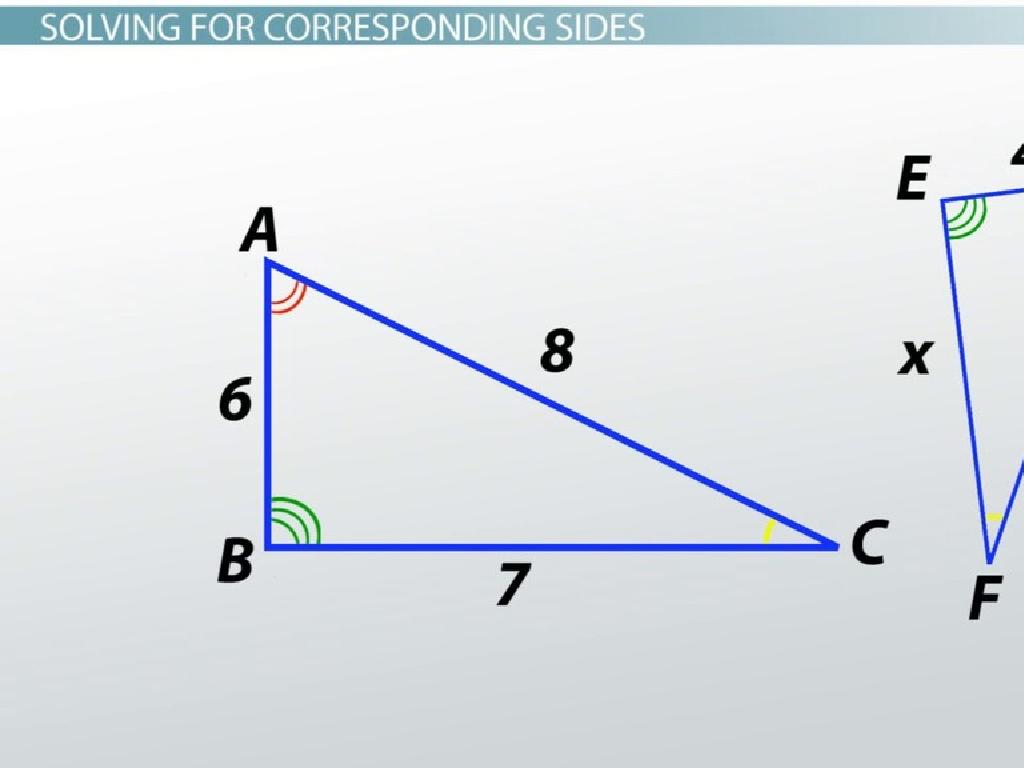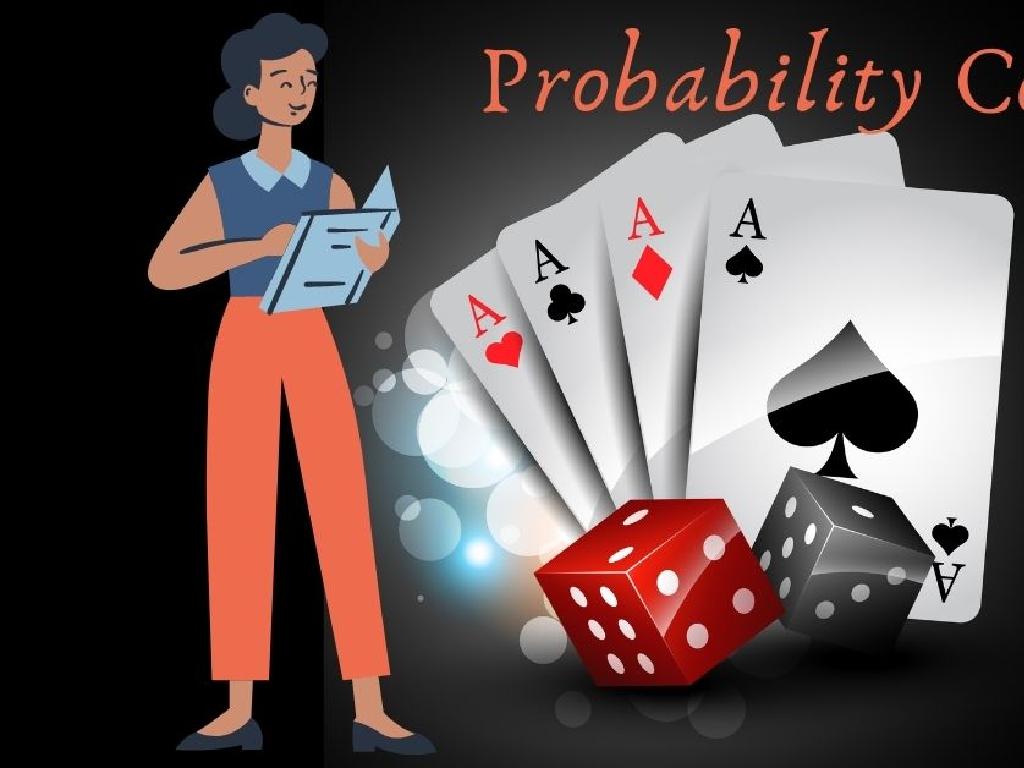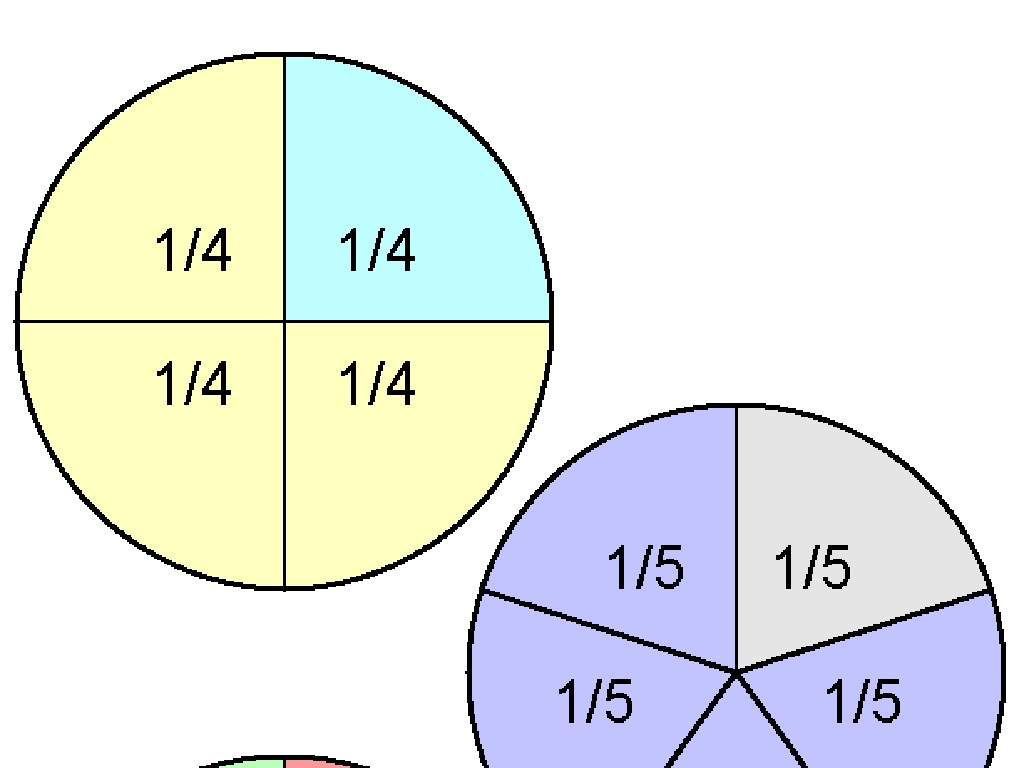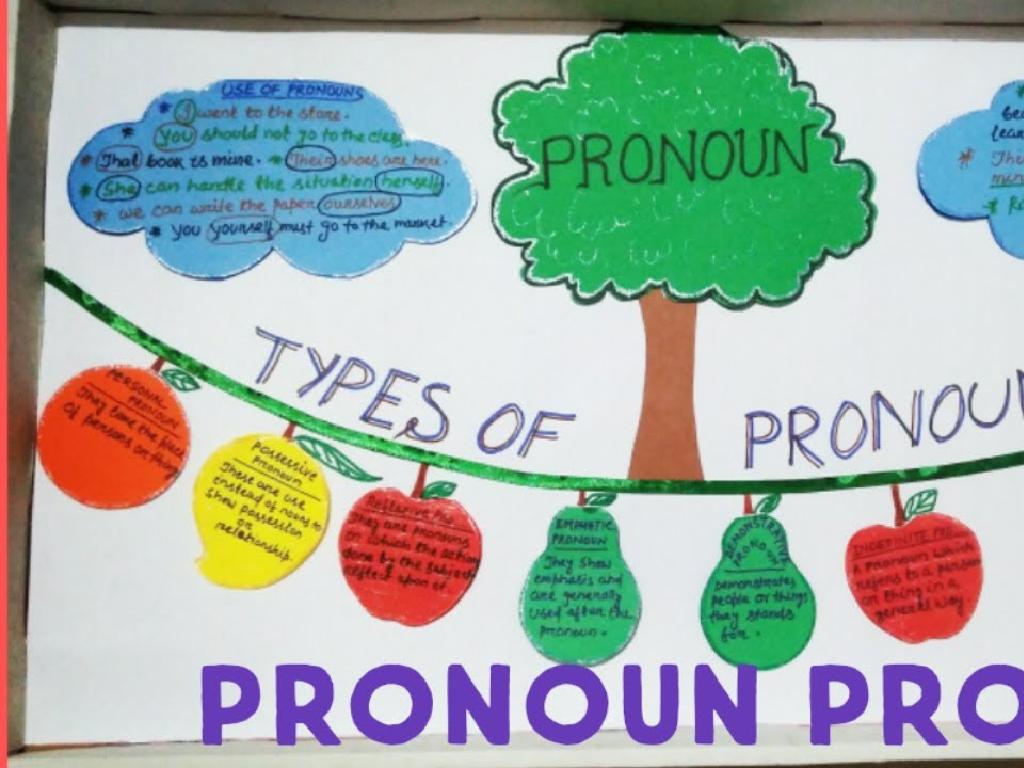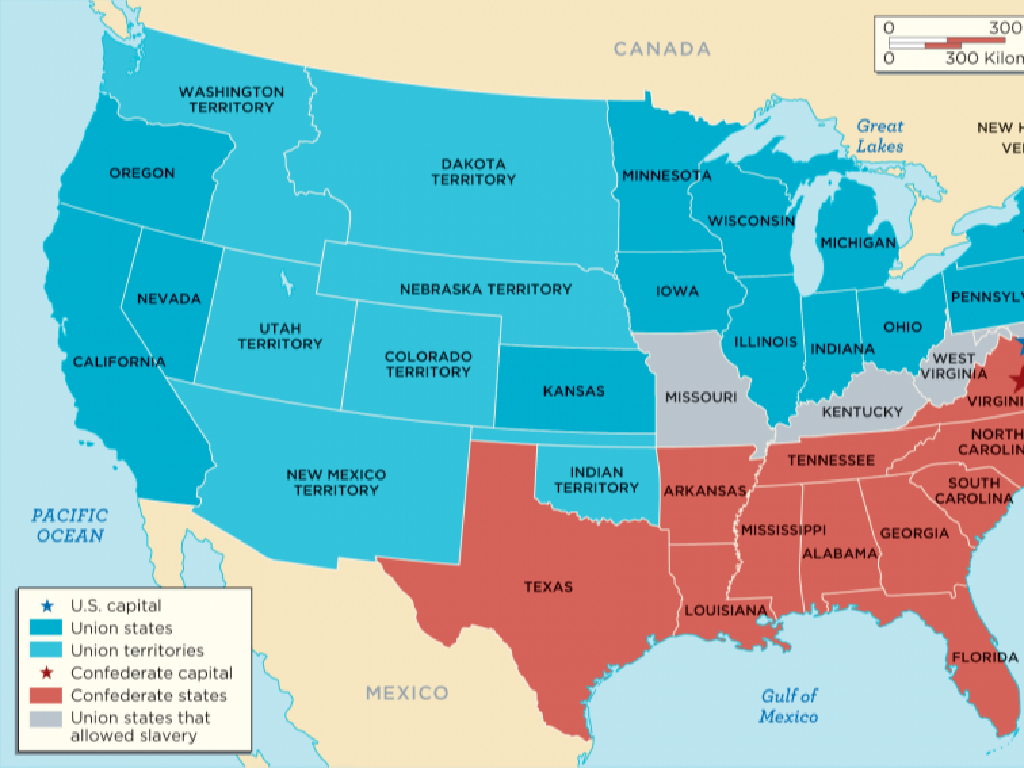Draw Inferences From A Text
Subject: Language arts
Grade: Third grade
Topic: Inference
Please LOG IN to download the presentation. Access is available to registered users only.
View More Content
Introduction to Inference: Be a Reading Detective
– What is an inference?
– An inference is a smart guess based on clues
– Become a detective in reading
– Imagine you’re a detective looking for hints in the text
– Use clues to solve story mysteries
– Clues in stories help us guess what happens next or learn about characters
– Practice makes perfect detectives
|
In this slide, we introduce the concept of inference as a key reading comprehension skill. Explain to students that making an inference is like being a detective who uses clues to figure out something that the author doesn’t directly tell us. Encourage them to look for ‘clues’ in the words and pictures that can help them understand the story better. Emphasize that the more they practice, the better they’ll become at using these clues to make smart guesses about the text. Plan activities where students can practice making inferences from different types of texts and discuss their thought process with the class.
Understanding Clues to Make Inferences
– Clues help us solve mysteries
– Authors hide clues in stories
– Like detectives, we find hidden hints
– Clues reveal more about characters
– Clues can show us character feelings
– We use clues to make inferences
– Inferences are smart guesses about the story
|
This slide introduces the concept of using clues within a text to draw inferences, which is a critical reading comprehension skill. Begin by explaining that clues are like little pieces of a puzzle that help us understand the bigger picture. Emphasize that authors don’t always tell us everything directly, but they do provide hints that help us figure out more about the characters, setting, and plot. Encourage students to think like detectives, looking for these hidden pieces of information. Explain that making inferences is like putting together clues to make a smart guess about what’s not directly stated in the text. Use examples from familiar stories to illustrate how to find clues and what kind of inferences can be drawn from them. This will prepare students for activities where they will practice this skill.
Making Predictions with Inferences
– What are predictions?
– Predictions are guesses about the future
– Clues help us predict
– We find hints in the story to guess what comes next
– Making predictions together
– We’ll use a story example to predict together
– Practice predicting in stories
|
This slide introduces the concept of making predictions, an important skill in reading comprehension. Predictions are educated guesses about what might happen next in a story, and they are based on evidence or clues found within the text. Encourage students to think like detectives, looking for clues that the author provides to help them guess what will happen next. During the class activity, use a story familiar to the students and pause at key moments to ask them what they think will happen next. This interactive approach will help them understand how to use context to infer and make predictions. Provide guidance on how to distinguish between wild guesses and predictions based on textual evidence.
Practice: Inferring Emotions in Stories
– How to detect characters’ feelings?
– Search for emotional clues
– Clues like facial expressions, actions, or words
– Infer feelings from text and images
– Use clues to guess if they’re happy, sad, scared, etc.
– Discuss characters’ emotions
|
This slide is aimed at helping students practice the skill of inferring emotions from a text, an essential part of understanding stories. Encourage students to look beyond the words and observe any illustrations for emotional clues like smiles or frowns. Discuss how certain actions or types of dialogue can indicate a character’s feelings. During the lesson, read a story together and pause to ask students what they think a character is feeling at certain points and why. This will help them connect text and pictures with emotional inference. Prepare to have a few short stories or excerpts ready for the class to practice this skill.
Inference vs. Explicit Information
– What is explicit information?
It’s the facts directly stated in a book or story.
– What does ‘reading between the lines’ mean?
Using clues in the story to guess what’s not directly told.
– Making inferences in stories
Like a detective, use clues to figure out what the author is hinting at.
– Examples: Explicit vs. Inference
We’ll compare what the author tells us and what we can guess from clues.
|
This slide introduces the concept of explicit information versus inferences. Explicit information is what the author tells us directly in the text, while inferences are conclusions we draw based on clues in the text, without the author stating them outright. Use examples from familiar stories or everyday situations to illustrate the difference. For instance, if a character is described as wearing a coat and shivering, the explicit information is the description, while the inference is that it might be cold. Encourage students to think like detectives, looking for hints in the text to understand the story better. This skill will help them become more thoughtful readers.
Group Activity: Inference Charades
– Play charades with inference
– Guess emotions or actions
– Use clues to infer correctly
– Think about what someone’s actions might mean
– Have fun interpreting!
|
This group activity is designed to help students practice their inference skills in a fun and interactive way. Set up the classroom for a game of charades where students take turns acting out different emotions or actions without using words. The rest of the class must use their inference skills to guess what is being portrayed. Encourage students to pay close attention to body language and facial expressions as clues. Provide a list of emotions or actions for the actors to choose from. This activity will help students understand that we can infer a lot from people’s actions and expressions, just as we can infer meaning from text clues when reading.
Class Activity: Inference Scavenger Hunt
– Find inference examples in a favorite book
– Pair up and discuss clues and inferences
– Talk about what the clues suggest with your partner
– Share your inferences with the class
– Explain your thinking to your classmates
– Reflect on the activity
– Think about what you learned from this activity
|
This activity is designed to help students practice drawing inferences from text in a fun and interactive way. Students should choose a book they enjoy and look for parts of the story where the author doesn’t tell everything directly, but where they can ‘read between the lines’ to understand more. Working in pairs allows them to discuss their thoughts and validate their inferences with a peer. Sharing with the class will help them articulate their thoughts and learn from others. After the activity, encourage students to reflect on how inference helps them understand stories better. Possible activities for different pairs could include finding inferences about character feelings, predicting what might happen next, or understanding the setting.
Conclusion: Mastering Inferences
– Recap: What is an inference?
– An inference is a smart guess based on clues.
– Finding clues in the text
– Look for words or phrases that hint at the meaning.
– The value of making inferences
– It helps us understand stories better.
– Practice makes perfect!
|
As we wrap up, let’s review what we’ve learned about inferences. An inference is like being a detective; it’s when we use clues from the text and our own knowledge to figure out something that the author doesn’t tell us directly. To find these clues, we need to read carefully and think about what the words suggest. Making inferences is a key skill in reading because it helps us to understand the text more deeply, especially when everything isn’t spelled out for us. Encourage students to practice this skill by reading different types of texts and discussing the inferences they make. Remember, the more we practice, the better we become at understanding the stories we read.

